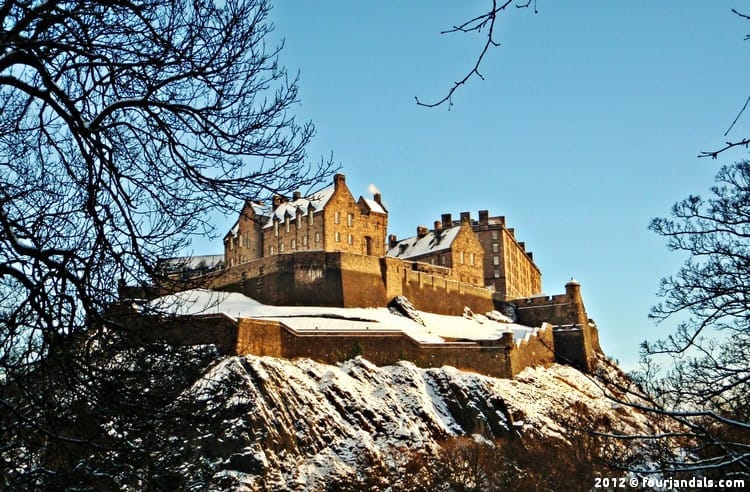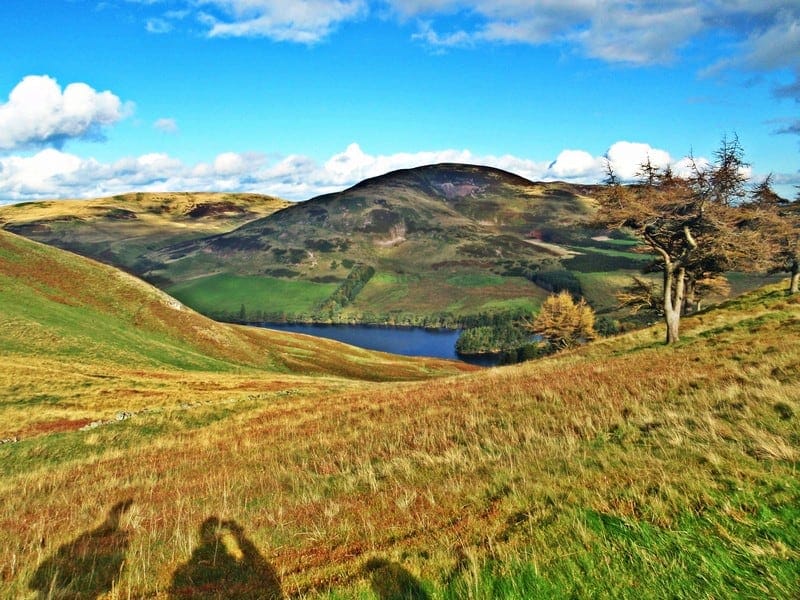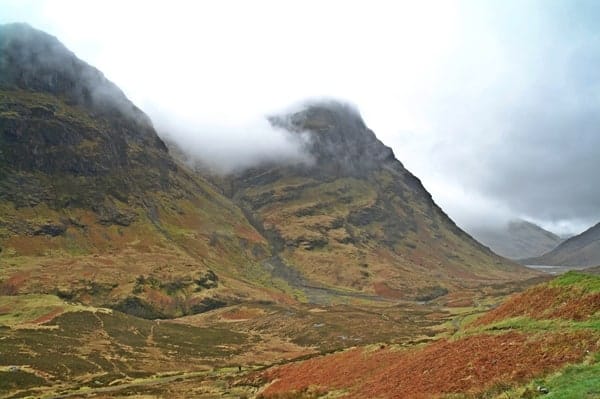Scotland has many famous parks and gardens, and in the capital, none are more central than Princes Street Gardens, at the heart of Edinburgh’s World Heritage Site. The gardens are formed by a valley between Edinburgh’s old and new town areas, with Edinburgh Castle a dominant feature on a volcanic plug above the western end.

Visiting Famous Scottish Parks and Gardens
For visitors who want to obtain a car hire in Edinburgh and explore farther afield, a good starting point would be Holyrood Park, an easily-accessed park that offers a panoramic view from the highest point of the city. Arthur’s Seat is a volcanic peak some 250 metres high, with many well-worn footpaths of varying difficulty leading to the summit. On a fine day, it’s well worth the effort for the views alone, if not for the exercise. Holyrood Park is open to the general public all year round, with public roads accessing it from all sides, and no admission charge.
Some vehicle restrictions are currently in operation on Sundays, but otherwise, it’s possible to drive straight in on the public roads and find parking quite easily, either in the main car park adjacent to Holyrood Palace, or in a number of small car parks and lay-bys dotted around the park.
The Royal Botanic Gardens, barely a mile to the north of the city centre, offers more of an arranged and manicured landscape, and is also home to a number of glasshouses, divided into 10 climate zones, bringing together orchids, cycads and a diverse range of other plants. Admission charges apply, and the gardens also include a gift shop and restaurant.
The Braid Hills lie toward the southern edge of the city, and are a popular destination for local walkers and golfers, with two public courses making their way through the gorse, whin and brambles that abound in the area.

Just outside the city boundary to the south are the Pentland Hills, and the Pentlands Regional Park covers around 10,000 hectares of this countryside with over 100km of marked paths, walking and climbing routes within. The views from some of the highest peaks take in views of Edinburgh and the Firth of Forth to the north, and the Scottish Borders to the south. Visitor centres at Harlaw House and Flotterstone provide guidance on what to see and do within the park.
Crossing the country to Scotland’s second major city, Glasgow has a number of parks clustered around the city centre. Kelvingrove is one of the most central, and surrounds the Victorian art galleries and museum, subject of a multi-million pound refurbishment in the years leading up to their reopening in 2006. Kelvingrove has outstanding riverside walks along the River Kelvin, and also has a number of sporting facilities, including tennis courts, a croquet green, and children’s play areas.
Glasgow Green is the oldest of Glasgow’s parks, and is currently under redevelopment as part of a wider local initiative. As well as including play areas, and a network of footpaths, Glasgow Green also houses The People’s Palace and Winter Gardens, home to many public events throughout the year.
Glasgow also has its botanic gardens, situated in the west of the city, with plant collections, natural tree collections, glasshouses and restaurant facilities.

Leaving the two major cities altogether, Scotland has two national parks, the Cairngorms National Park, which covers some 4,500 square kilometres of Scotland’s North West, and the Loch Lomond & The Trossachs National Park covering 700 or so square miles of the central belt. Neither of these should be thought of as fenced and enclosed areas, though, as essentially they cover large tracts of countryside, including towns, villages and all that lies between, and can be accessed via the public roads that run through them. Both offer ample opportunities for walking, rambling, hill walking and climbing.
The Loch Lomond park is the easiest to reach from either of the two major cities, and is within an hour or so of either. The Cairngorms park is more of a trek, though, and you should probably bargain on a drive of four to five hours if setting off from Edinburgh.